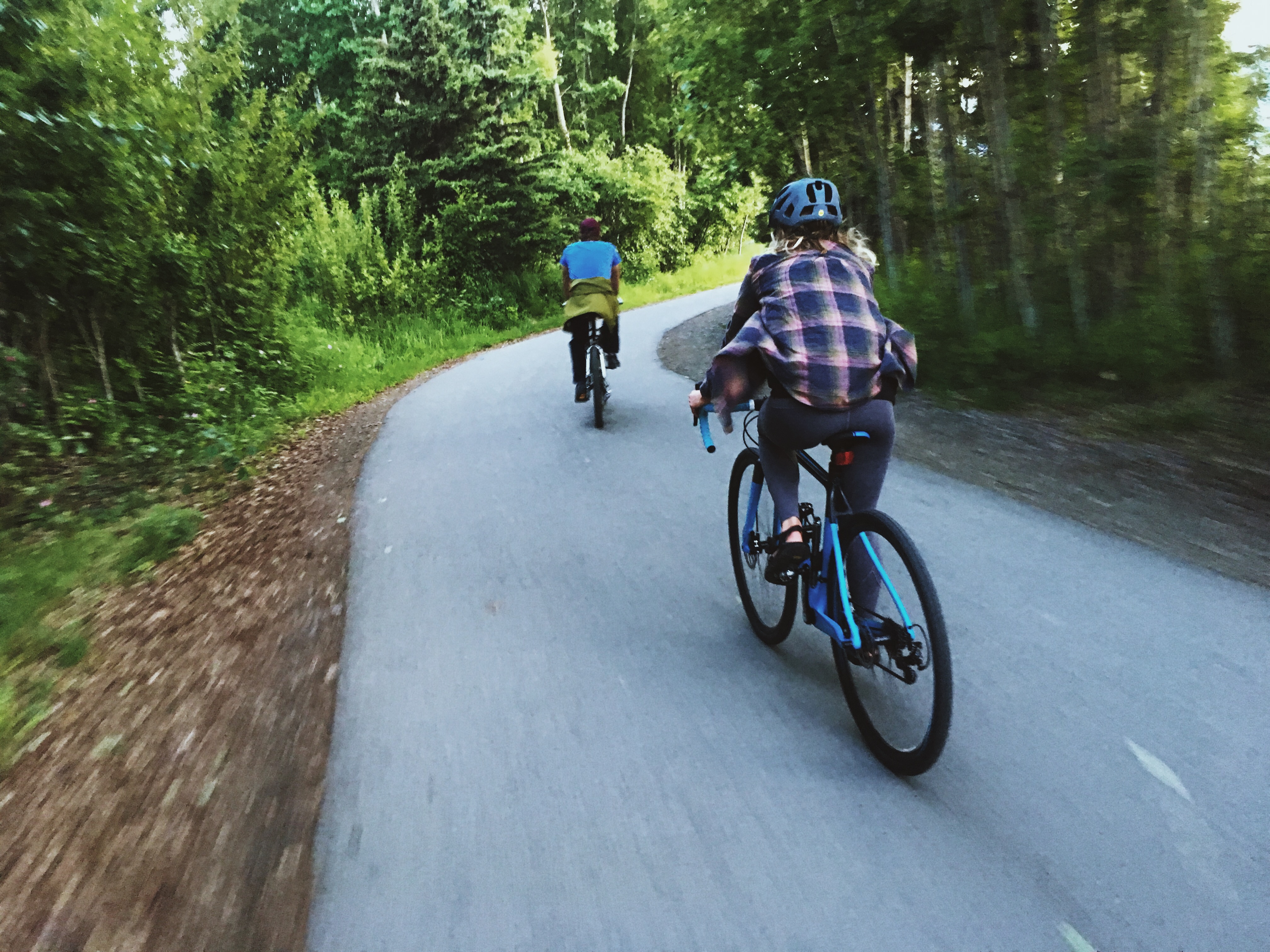Road Biking

Road biking is a popular form of cycling that involves riding on paved roads and is often done for fitness, recreation, or as a competitive sport. It requires a specific type of bicycle known as a road bike, which is designed to be lightweight, aerodynamic, and efficient for traveling on paved surfaces at higher speeds.
E-Biking
There is also E-biking or electric-assist biking, is a form of cycling that incorporates an electric motor to assist the rider. E-bikes are similar to traditional bicycles but have an integrated electric motor and a rechargeable battery. The motor provides additional power to the pedals, making it easier to ride longer distances, climb hills, or ride at higher speeds.
Here are the steps to get started with road biking:
- Get the right equipment: The most important piece of equipment you’ll need is a road bike. Look for a bike that fits your body size and riding style. Road bikes come in various sizes and configurations, so it’s essential to choose one that suits your needs. Additionally, you’ll need a helmet for safety, cycling clothes, cycling shoes, and pedals compatible with your shoes.
- Learn basic bike handling skills: Before hitting the road, it’s crucial to develop some fundamental cycling skills. Practice balancing, braking, turning, and shifting gears in a safe environment such as an empty parking lot. Familiarize yourself with the different components of the bike, such as the brakes, gears, and how to fix a flat tire.
- Start with shorter rides: Begin your road biking journey with shorter rides to build endurance and get comfortable on the bike. Gradually increase your distance and duration as you improve your fitness level and gain more confidence on the road.
- Plan your routes: Explore different routes that are suitable for road biking in your area. Look for roads with less traffic, smooth surfaces, and scenic views. Online cycling communities and local bike shops can provide recommendations for popular routes.
- Follow road safety rules: Observe traffic laws and ride defensively. Always ride on the right side of the road, use hand signals to indicate your intentions, and be aware of your surroundings. Wear bright, reflective clothing and use lights to increase your visibility, especially in low-light conditions.
- Join a cycling group or club: Cycling with others can be a great way to learn from experienced riders, improve your skills, and make new friends who share your passion for road biking. Look for local cycling groups or clubs that organize group rides of varying distances and speeds.
Equipment and costs
- Road Bike: Entry-level road bikes can cost around $500 to $1,000. However, higher-end models with advanced features and materials can range from $1,000 to $10,000 or more.
- Helmet: A good quality helmet can range from $50 to $200.
- Cycling Clothes: Basic cycling shorts, jerseys, and gloves can cost around $50 to $150. More advanced and branded options may be pricier.
- Cycling Shoes and Pedals: Entry-level cycling shoes and pedals can start at around $100, while higher-end options can go up to $300 or more.
- Accessories: Additional accessories such as lights, bike computer, water bottles, saddlebags, and tools can add to the overall cost. Prices for these items can vary widely, but a reasonable estimate could be around $100 to $300.
Biking is often regarded as a highly enjoyable hobby. It offers a immersive experience, especially when exploring scenic routes or challenging terrains. The joy of riding a bike, feeling the wind on your face, and the sense of accomplishment from achieving personal goals make biking a rewarding activity.

